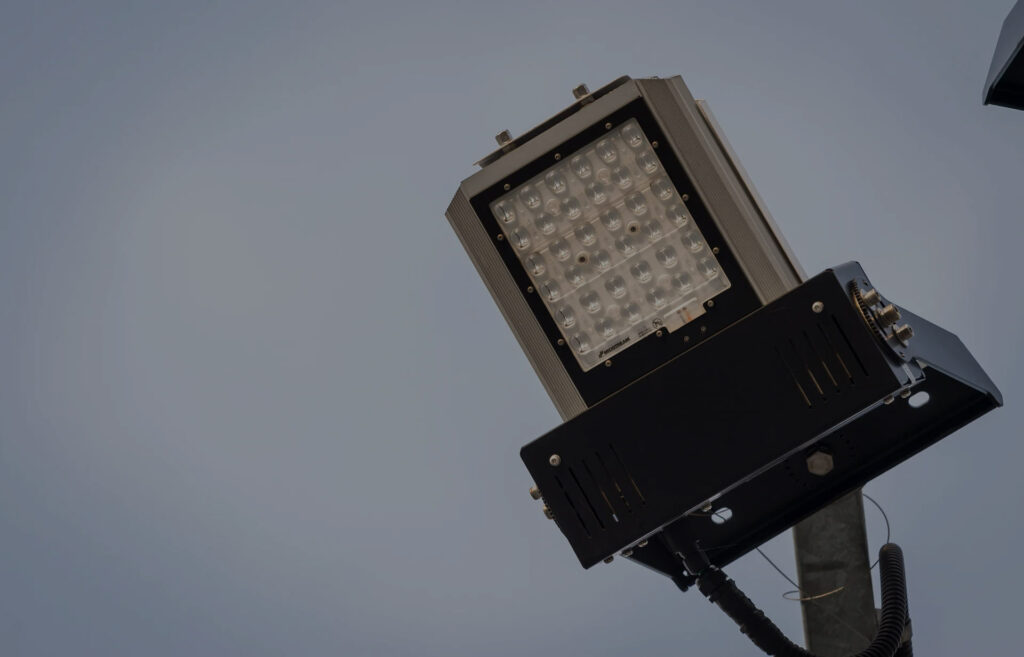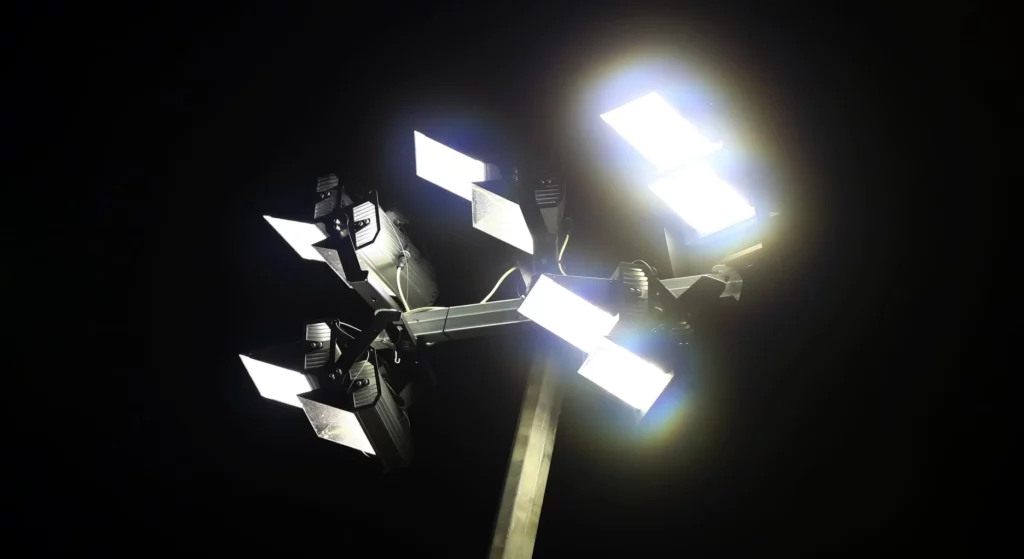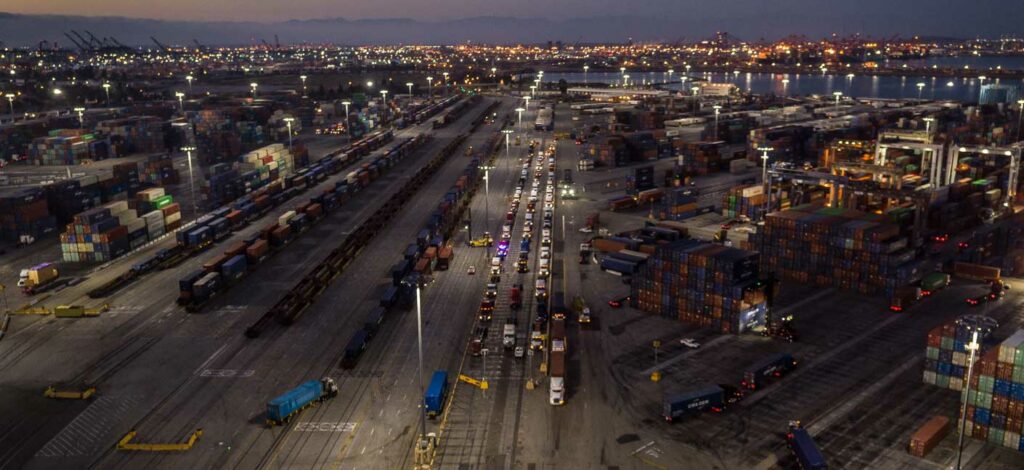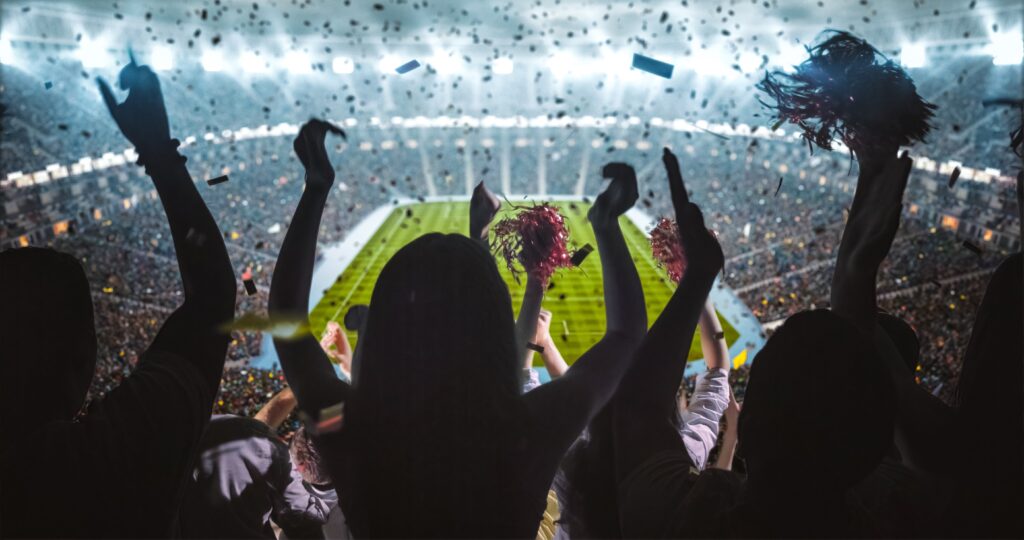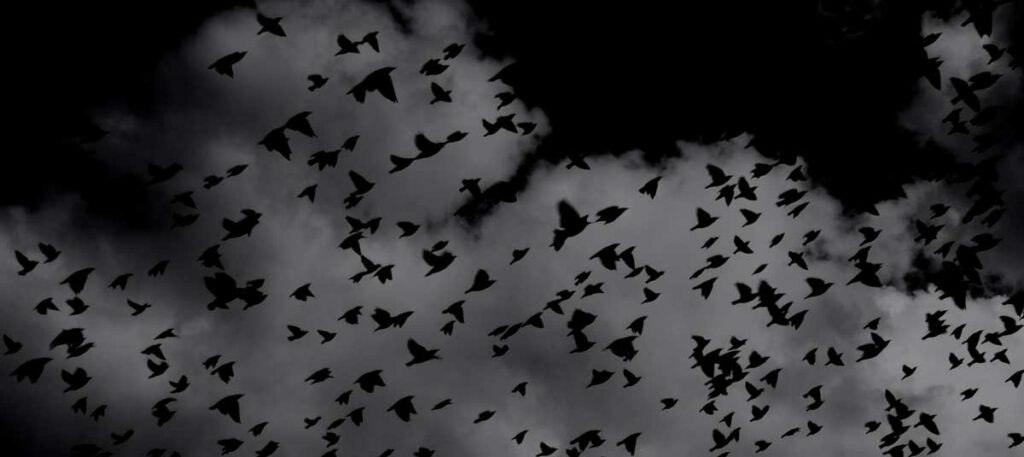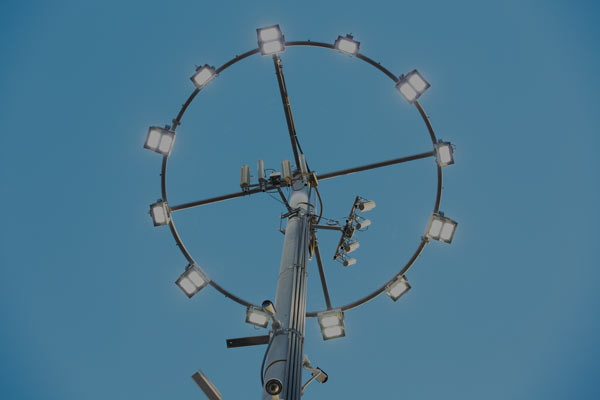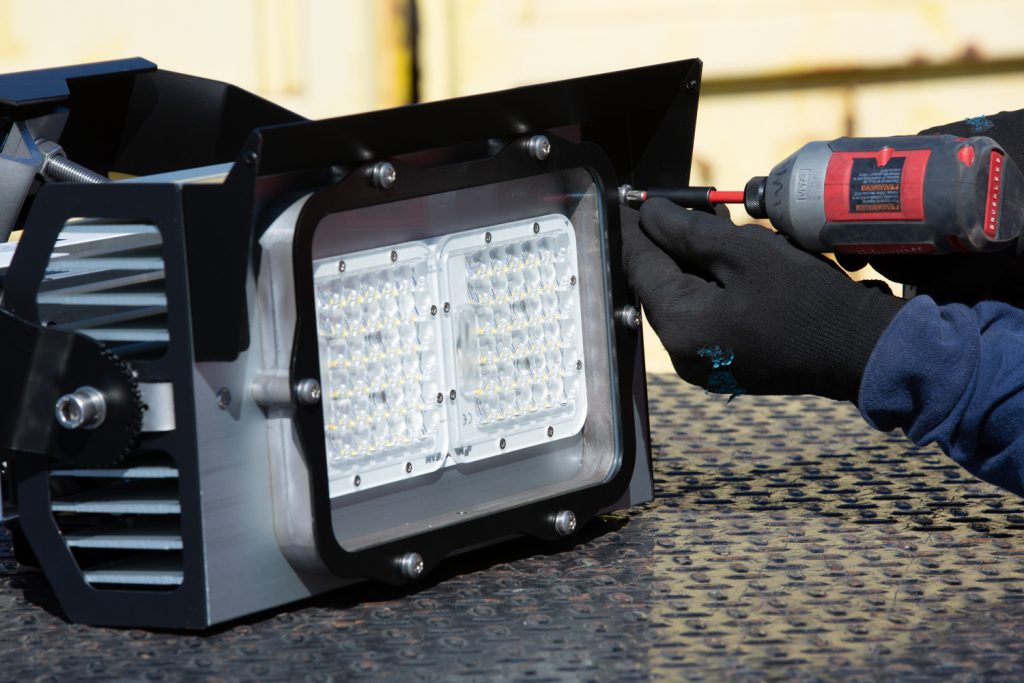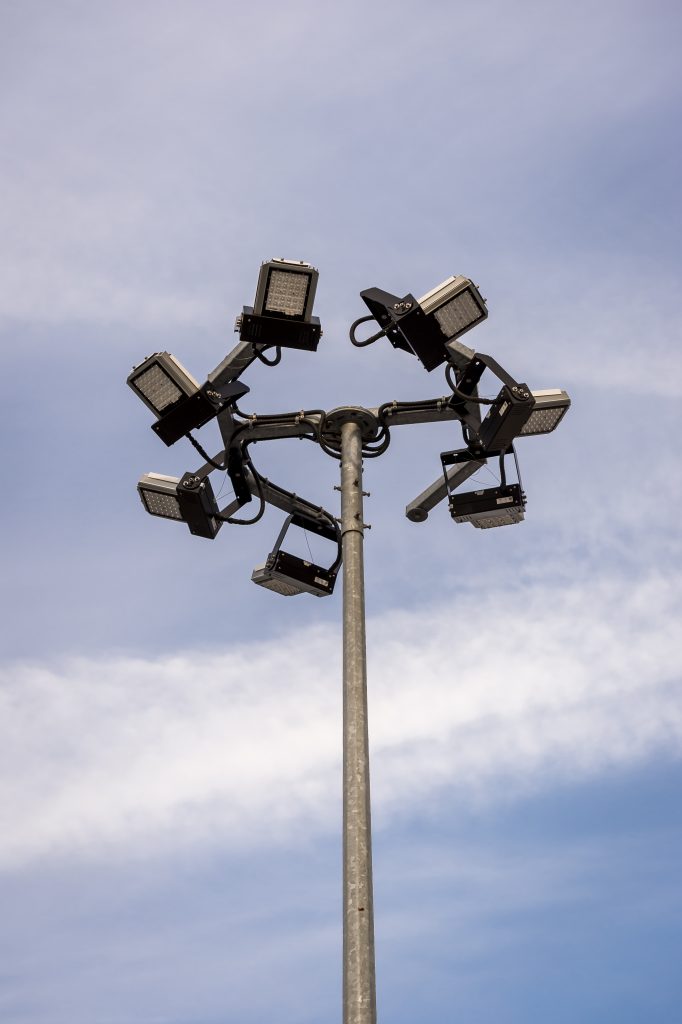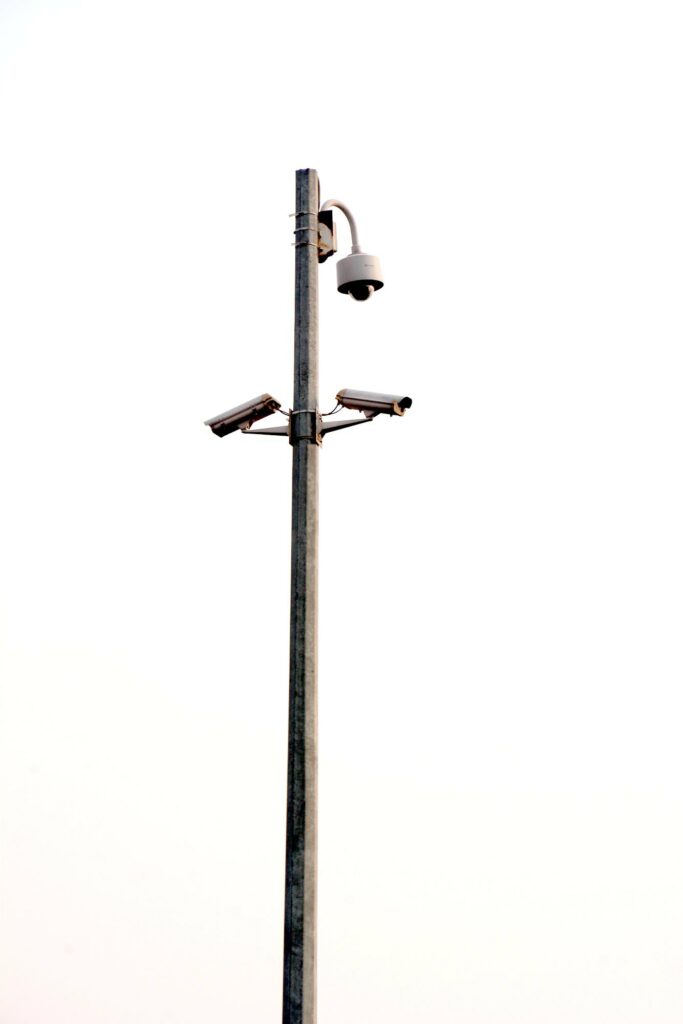You’d assume therefore to get the greatest penetration of light through fog, you should use the longest wavelength possible. Red, being the longest, is obviously unsuitable however because it is used for traffic stoplights. So, you compromise and use yellow light instead.
This view is flawed though when it comes to light penetrating through fog. Rayleigh scattering – as it’s known – applies only to ‘scattering’ particles that are smaller than the wavelength of light and at wavelengths far from absorption. Fog droplets are huge compared with the wavelengths of visible light. This means that the scattering of light by fog is essentially wavelength independent. See Reference Articles 1 below.
We don’t need to consult scientific papers to understand this is true though. Just look at cars on the road at night. Designers of vehicle headlights have known for a long time that there is no magic colour that gives greater fog penetration. That’s why most headlights are white and why, for example, EU regulations require all new vehicles to have white lights. See Reference Articles 2 below.
So, for light penetration and perception in fog, the colour of light is unimportant. Yellow light. White light. There’s no difference.
Reference Articles 1
Bohren C. F, & Fraser A. (1985) – Colours of the Sky in The Physics Teacher pp 267-272. And Bohren, C. F. & Huffman, D. R. (1998) – Particles Small Compared with the Wavelength, in Absorption and Scattering of Light by Small Particles, Wiley-VCH Verlag GmbH, Weinheim, Germany.
Reference Articles 2
Nelson, J.H. (1938) – Optics of headlights in The Journal of Scientific Instruments Vol. XV, pp. 317-322. Also see the more recent Schreuder, D. A. (1976) – White or yellow light for vehicle head-lamps? In the Dutch Institute for Road Safety Research SWOV.

Commercial Director & Co-Founder
As an entrepreneur, Yuli has worked across sectors as diverse as Finance, Oil & Gas, Music, Real Estate and Electronics. His passion in business is challenging the status quo, disrupting markets, building first-class teams, and solving complex challenges with creative solutions.
Yuli trained in Finance and Economics in London, with postgraduate studies in Law (LLM) and Engineering (MEng) in Scotland and Australia. He’s also been appointed as an Export Champion by the UK Government’s Department of International Trade.
